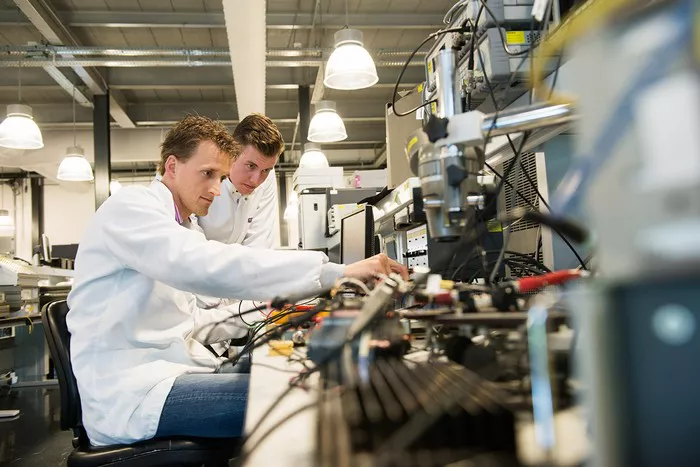While reaching destinations like Mars is technically possible with current chemical propulsion systems, the long journey—typically around nine months—presents significant challenges. These conventional systems rely on carrying large volumes of fuel and oxidiser to operate in the vacuum of space, limiting efficiency and increasing cost. Accelerating or decelerating a spacecraft rapidly under these conditions demands an enormous amount of propellant, which current technology cannot support economically.
A potential solution lies in nuclear thermal propulsion (NTP)—a technology with decades of theoretical and experimental research behind it. Unlike chemical rockets, NTP systems use nuclear fission to heat a propellant, which is then expelled through a nozzle to produce thrust. This method is significantly more efficient and could cut interplanetary travel time in half, offering a faster and potentially safer way to explore distant destinations.
Safety First: The ALUMNI Study
The recent ALUMNI study—short for preliminary elements on nuclear thermal propulsion for space application—sought to revisit NTP technology, assessing its feasibility with a particular focus on safety. The study emphasized that the nuclear reactor would only be activated once the spacecraft is safely in orbit, ensuring no risk of radioactive contamination on Earth. Before activation, the uranium fuel remains low in radioactivity and is considered non-toxic.
During operation, the reactor emits neutron and gamma radiation, but this is mitigated by a multi-layer radiation shield that protects both the spacecraft and its crew during the short engine burns, which typically last less than two hours. Crucially, by significantly reducing travel time, nuclear propulsion would also lower astronauts’ exposure to cosmic radiation—one of the major health risks during long-duration space missions.
From Theory to Practice
Drawing from past NTP programs dating back to the 1960s, the study proposed an innovative ceramic-metal core design. This design improves the thrust-to-weight ratio while maintaining the high efficiency of earlier concepts. The consortium behind the study spent over a year addressing technical challenges such as heat management, reactor control, and mitigating “xenon poisoning,” a phenomenon that can prevent reactor restart.
The next phase involves laboratory testing to validate computer models and move the technology closer to reality. This includes developing specialized facilities and fuel fabrication methods—tasks that are expected to take several years.
The Future of Interplanetary Travel
Although nuclear propulsion is not a one-size-fits-all solution, the study concluded that it holds significant advantages for missions requiring major velocity changes—at least 25,000 km/h—such as manned trips to the Moon or Mars. NTP is particularly suited for heavy spacecraft that need to perform large acceleration and braking maneuvers.
Hydrogen was identified as the most efficient propellant due to its superior thermodynamic properties, though alternatives like ammonia may offer practical benefits for certain missions, such as easier storage and reduced structural mass.
As space agencies and private companies eye deeper space exploration, the ALUMNI study lays the groundwork for a potential nuclear space age—one where voyages across the solar system could become faster, safer, and more feasible than ever before.

